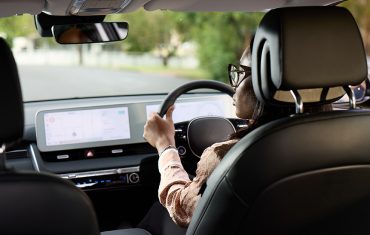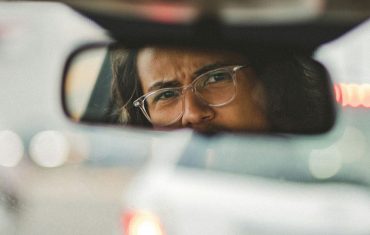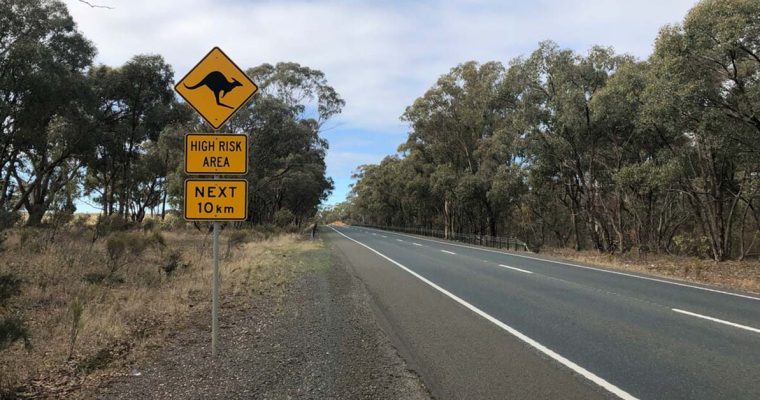
How to avoid a collision with wildlife on country roads
For your employeesWhen we promote safe driving practices for employees and our colleagues, we traditionally talk about taking care of your vehicles, and managing behaviours that are known to be major contributors to avoidable road trauma: fatigue, speeding and driver distraction. However, there is a growing body of evidence that says drivers need to be aware of another major risk factor: wildlife. With road fatalities reaching all-time highs across the past 12 months, let’s consider the role wildlife plays in those statistics and how to avoid a collision with an animal on country roads.
Watch out for that kangaroo! Data from a 2020 report undertaken by the NRMA in NSW and the ACT found there were more than 900 collisions that caused injuries “ranging from minor through to fatal crashes, on New South Wales and Australian Capital Territory roads between 2015 and 2020. In 2020, there were 116 accidents reported due to animal collisions including 30 serious injury crashes”.
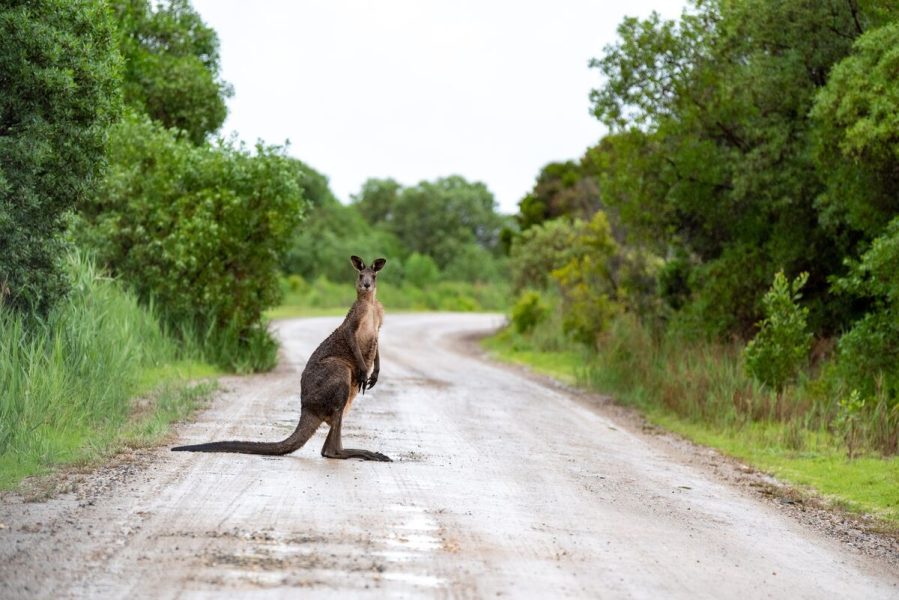
Analysis of the NRMA’s data suggested that “societal costs of road trauma as a result of animal collisions are approximately $7 billion per year.” Echoing these NRMA findings, an analysis of more than 17,000 claims for animal collisions lodged with Australian insurer Suncorp over 2022 showed, as well as being a major road safety issue, hitting an animal on a regional road is a costly experience.
“The cost of a road accident involving wildlife extends beyond endangering lives, with the average cost of an animal collision insurance claim reported to be between $5,500 and $6,400,” the report noted. “Approximately one in seven claims lodged in 2022 (14 percent) that involved wildlife, sustained such severe damage to the vehicle that the car was written off.”
Not surprisingly, AAMI’s data indicated “animal collisions are twice as likely to happen on rural roads (31 percent) than suburban roads (15 percent). The most common animals that Aussie drivers collide with are kangaroos, wallabies, wombats, dogs, deer, and cows.”
National Wildlife Collision Hotspots
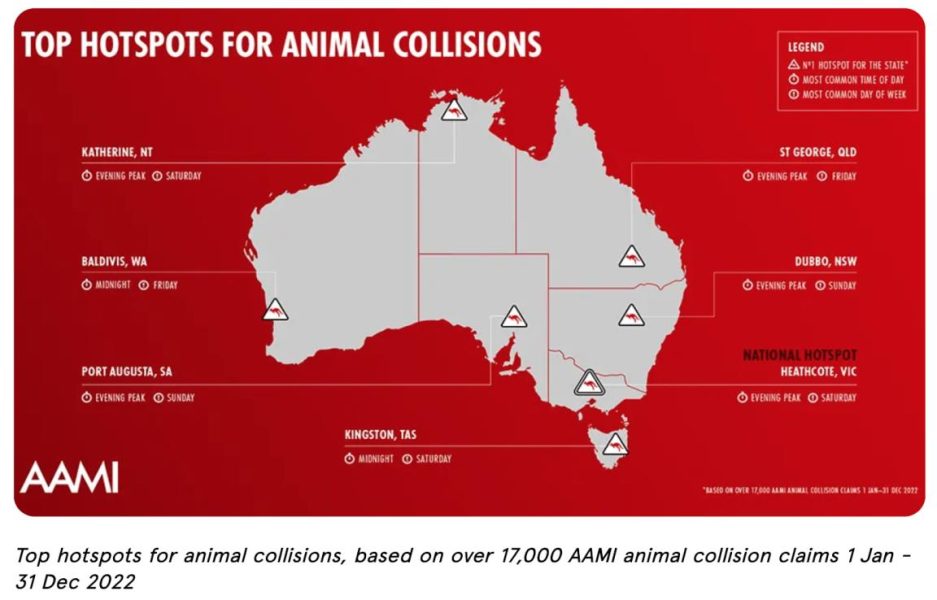
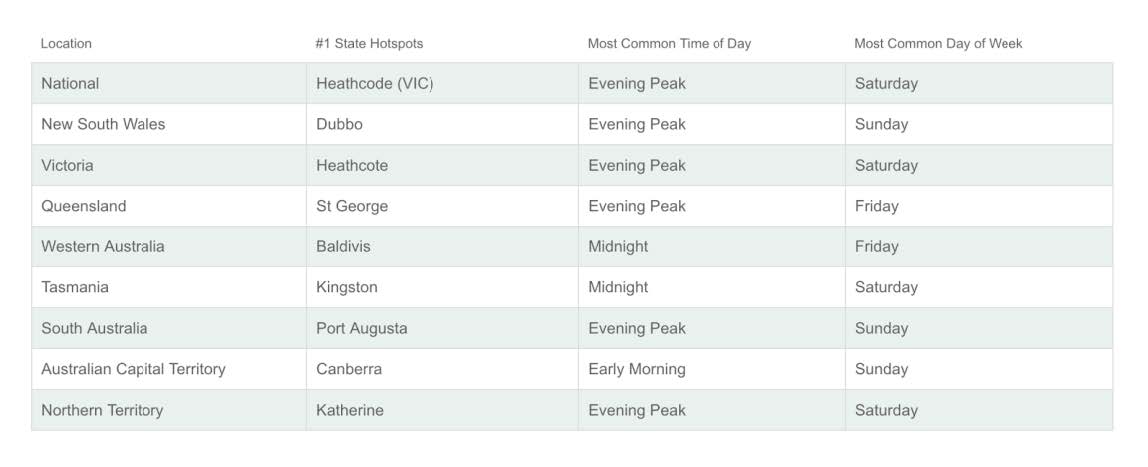
Sources:
Wildlife Information Rescue and Education Service infographic: https://www.wires.org.au/blog/wildlife-road-collisions-unveiled
Suncorp/AAMI Animal Collision Report May 2023. https://www.suncorpgroup.com.au/news/news/AAMI-animal-collision-data?token=NgaMGHEfQVD7l7gQwsVPa4fi6c4z75zrsaJZ87Dq
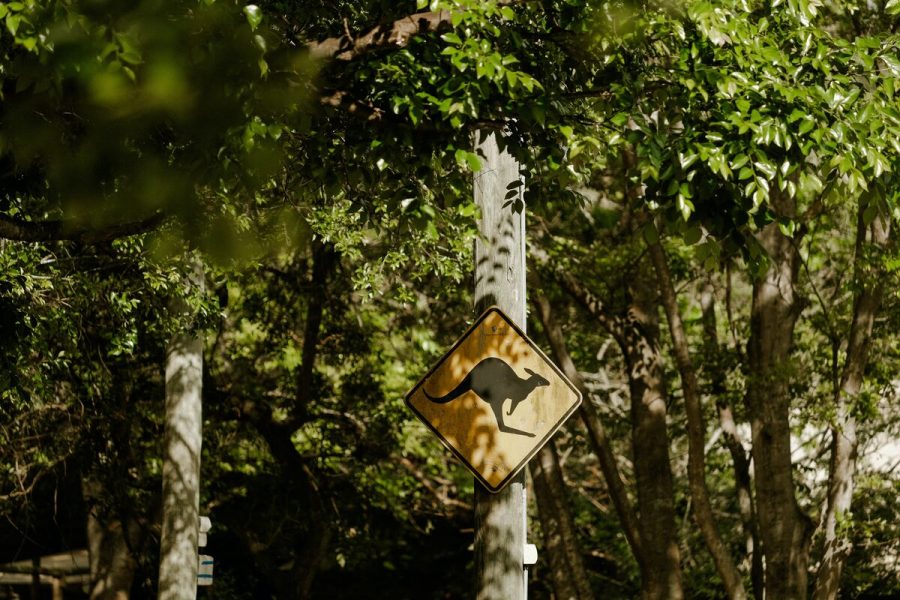
MINIMISING THE CHANCE OF AN ANIMAL COLLISION
Minimising your likelihood of colliding with an animal, as opposed to completely avoiding a collision, is an important distinction to make.
For example, kangaroos are famously erratic in their movements and often get as big a scare as the driver when they unexpectedly come face-to-face with a car, ute, 4X4, or truck. Much like a vehicle, they’re often travelling at a fair speed, and can’t – or don’t think in time to – change direction to avoid the collision. Also, kangaroos travel in groups so just because you’ve missed one, the chances are high that there are others nearby.
Apart from kangaroos, other wildlife – like wombats, echidnas and koalas – are hard to see on the road so, while they might not be as agile as Skippy, what you think is a pothole further down the road could be something else. As hard as you may try, your best efforts might not be enough to avoid a costly accident. Despite this, there are plenty of things you can do to minimise colliding with an animal in country Australia.
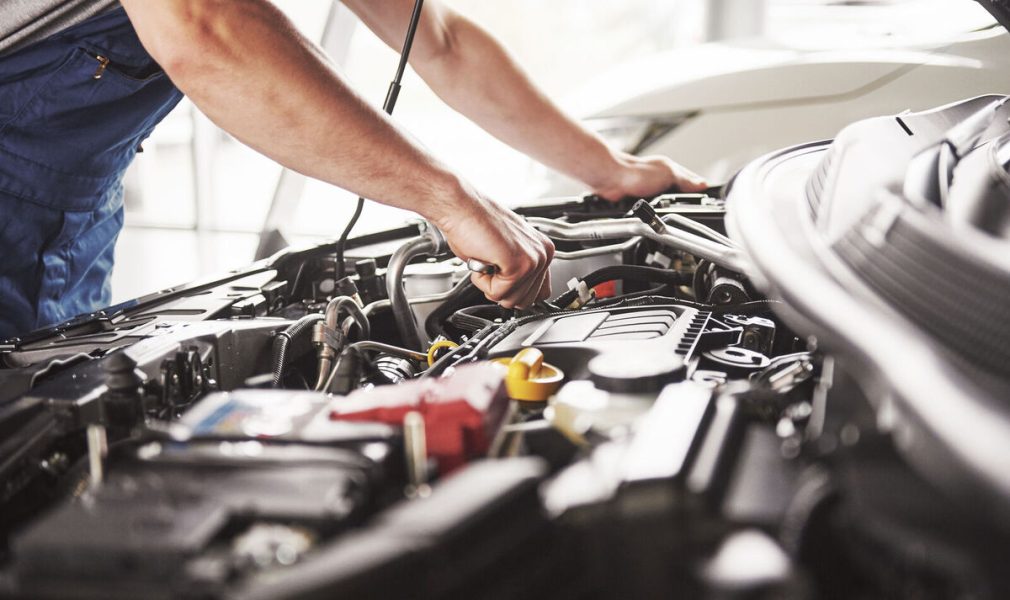
1. Prepare your vehicle
Before heading off on a road trip, it’s essential to make sure your vehicle is in tip-top condition. Book in with your mechanic or manufacturer for a full service and safety check and, if your holiday involves camping or 4X4 off-roading, make sure your battery, winch, hydraulics and spotlights are in excellent condition before leaving home.
2. Avoid fatigue and distractions
An important tip for avoiding wildlife while driving on country roads – and an important tip generally speaking – is to be well-rested and aware of distractions. Fatigue and distractions like mobile phones are major contributors to an overwhelming number of accidents and deaths on Australian roads. Remain alert and keep your eyes on the road.
3. Drive during daylight hours
Anyone who’s lived in a country town will tell you to avoid driving at night, if possible. Although the winter months are the ‘peak’ period for animal collisions, they still happen across the warmer months, and they’re considerably more likely to occur between dusk and dawn given that kangaroos move around more in the evening than they do during the day.
When going on holidays, it can be tempting to get away early to beat either the usual holiday traffic or to avoid the heat of the day so, unless you absolutely have to, do your travelling outside of towns and major cities in the daylight – and make sure you’re primed with another vital safety factor: a good night’s sleep.
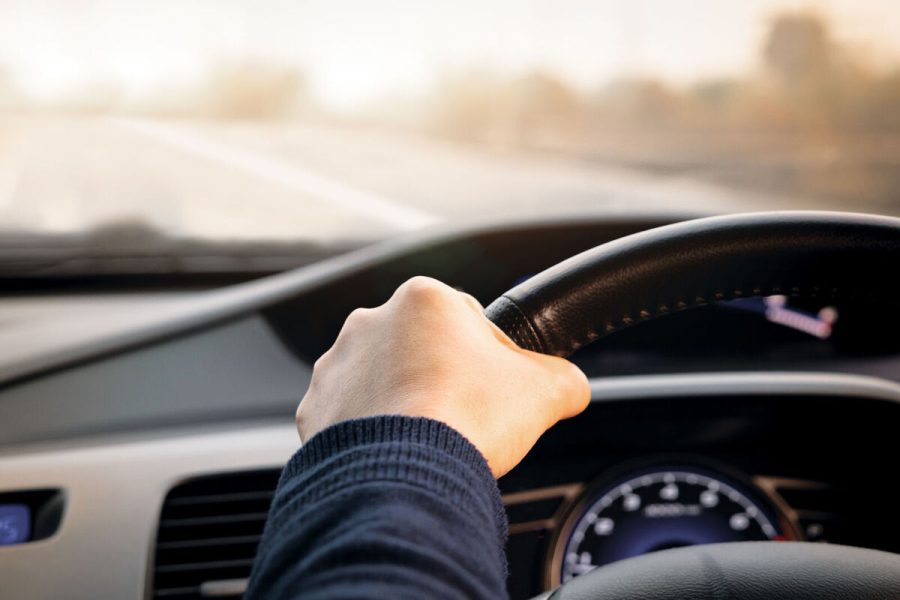
4. Keep it slow and steady
After getting sleep and ensuring the right concentration levels, the single most important thing you can do to avoid an accident with an animal is to slow down.
You might be driving in a 100 km/h zone but that doesn’t mean you have to travel at speed. Taking it between five km/h to 10 km/h slower in a 100 km/h zone will significantly reduce your chances of a collision by increasing the time and space you have to react to wildlife appearing roadside or moseying across a highway.
If you’re in a high-risk wildlife area at night, wiping off even 20 km/h in a 100km/h zone can be necessary to avoid a collision.
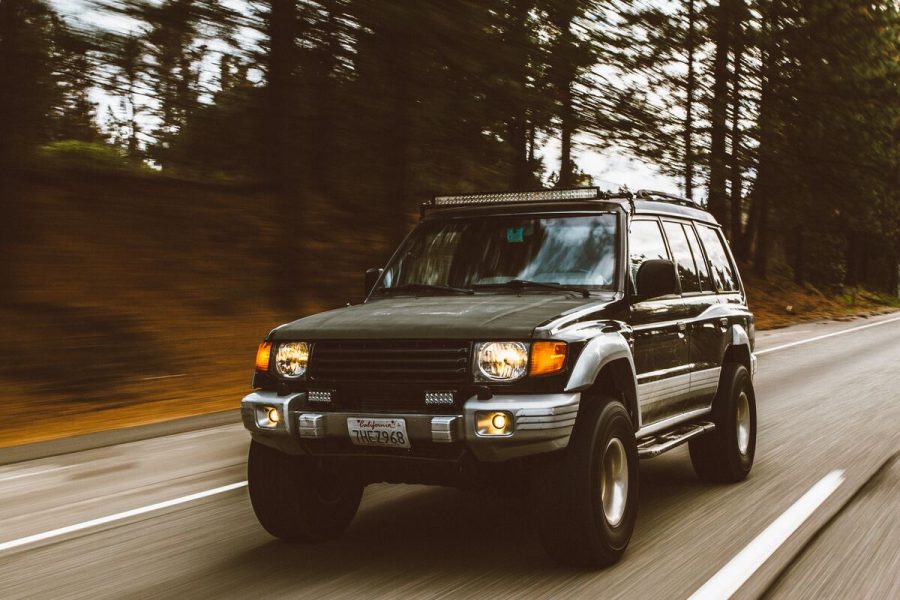
5. Use your high-beam and driving lights
If you do find yourself on a country road between dusk and dawn, use your high beams and driving lights at every available opportunity. Illuminating the sides of the road, as well as the
road ahead will help you see any animals that might be lurking. However, be aware, because animals, especially kangaroos, can be easily startled by vehicle headlights and might not move out of your way but freeze instead.
Using your horn is another effective way of letting wildlife know you’re there, and forcing them to change direction.
6. Do not swerve
It might sound counter-intuitive but, in the thick of the action, try to remember NOT to swerve. Any sudden change in direction while you’re driving greatly increases the likelihood of losing control and leaving the road, or you’ll roll the vehicle — often to catastrophic ends.
In the aforementioned AAMI study, 61 percent of drivers admitted they would dangerously swerve or slam on the brakes to avoid hitting an animal. You have a much greater chance of avoiding a collision with an animal on a country road by getting on the brakes as soon as you can, which underscores why slowing down and concentrating is key to avoiding an incident.
7. Sonic detection devices – yes or no?
The jury is out on the effectiveness of anti-animal devices like sonic emitters and road surface odour repellents. The only scientific study on the efficacy of these devices was conducted in 2001 at the University of Melbourne, and it found their impact to be minimal. Likewise, spend time on any 4X4 or truck driving forum, and you’ll find as many people who swear sonic detection devices work as those who find them useless.
If it’s going to give you and your family peace of mind, consider having a sonic detection device fitted, but do your homework and get the opinion of experts in the field you respect. Caveat emptor.
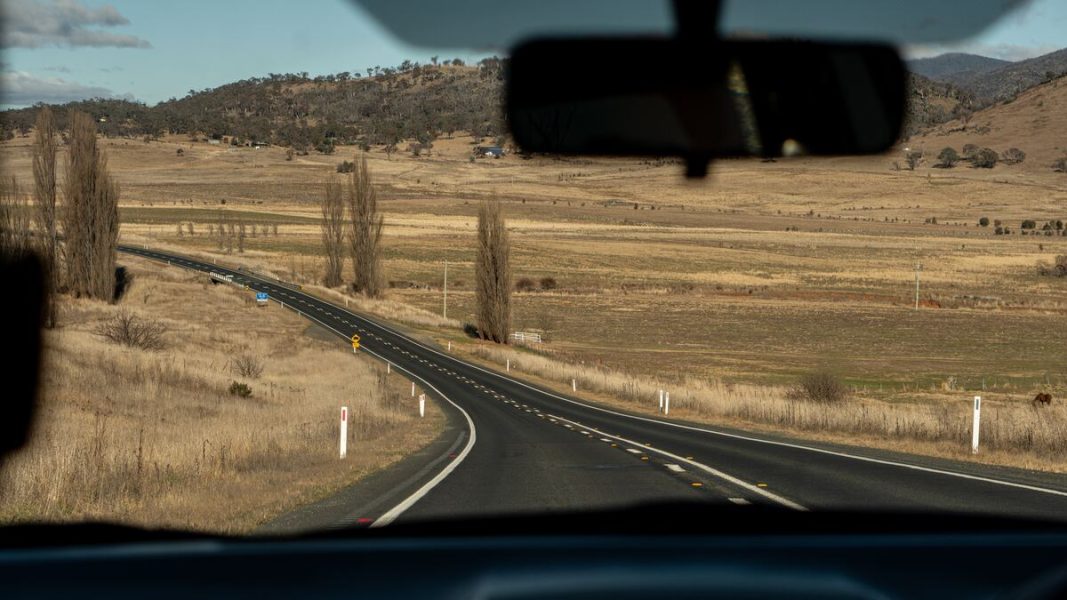
WHAT TO DO IF YOU COLLIDE WITH AN ANIMAL
Despite all these tips, if you still manage to come to grief with an animal, there are some steps you can take to minimise injury to everyone involved.
The AAMI study found that 14 percent of drivers said they wouldn’t know what to do if they were involved in an impact collision with wildlife. Kristie Newton from Wildlife Information Rescue and Education Service (WIRES) shared some practical advice on how to check the welfare of any wildlife that has experienced a vehicle collision:
“If you have hit an animal while driving, stop to check its welfare, but only if it is safe to do so. If the animal is alive and injured, call WIRES or your local wildlife rescue service. If the animal has died due to road trauma – especially if it is a kangaroo – check if it is a female and if there’s a joey in her pouch or around her. Pouches/flaps of wombats and echidnas should also be checked as well as the surrounding area, as young echidnas are often dislodged during a vehicle collision.
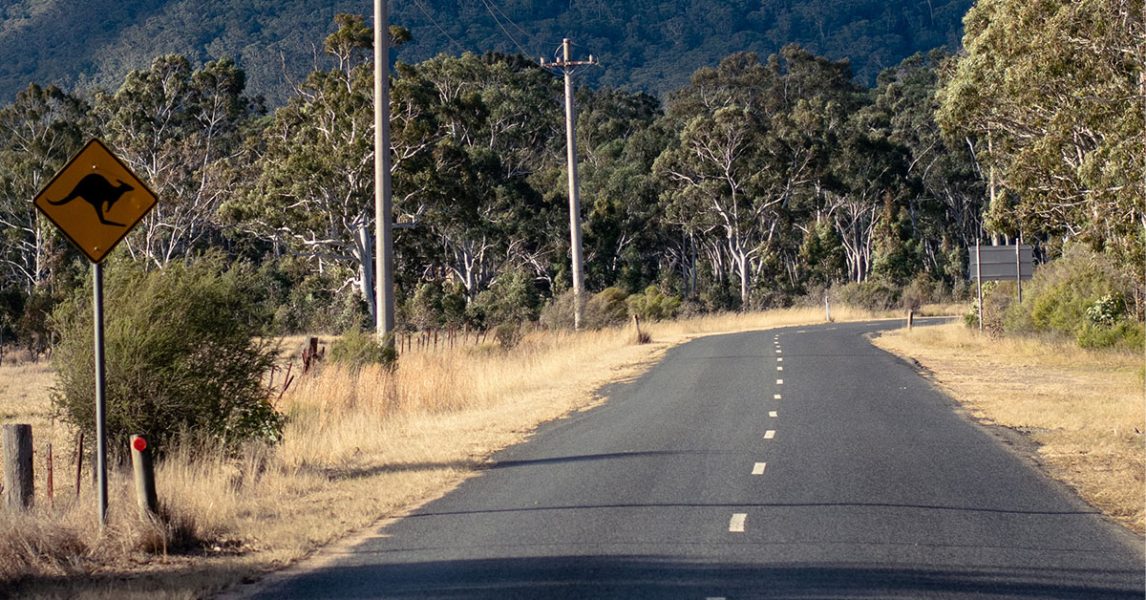
IN CONCLUSION
Most of us love a good road trip, but there’s no use putting our heads in the sand – collisions with animals do happen and can be serious. Luckily, there are precautions we can take to try and avoid a collision with a kangaroo, koala, wombat, echidna, dogs and livestock:
- getting your car serviced before any road trip
- driving during daylight hours
- slowing down
- avoiding fatigue and reducing distractions when we’re behind the wheel If the unfortunate does happen, stay safe and program the WIRES number into your phone to attend to any injured animals: 1300 094 737.
To get additional advice on preventing collisions with animals on rural roads, talk to SG Fleet.
 Driving Insights
Driving Insights

